Electric vehicles (EVs) have ushered in a new era of automotive innovation, with advanced torque management being one of the most significant breakthroughs. This blog post explores the intricacies of torque management in EVs, drawing insights from a conversation with Sasha Annis, an expert in the field who has worked extensively on EV conversions and hybrid systems and HPA Tuned In podcast episode "045: Can You Actually Tune An EV For MORE Power?".
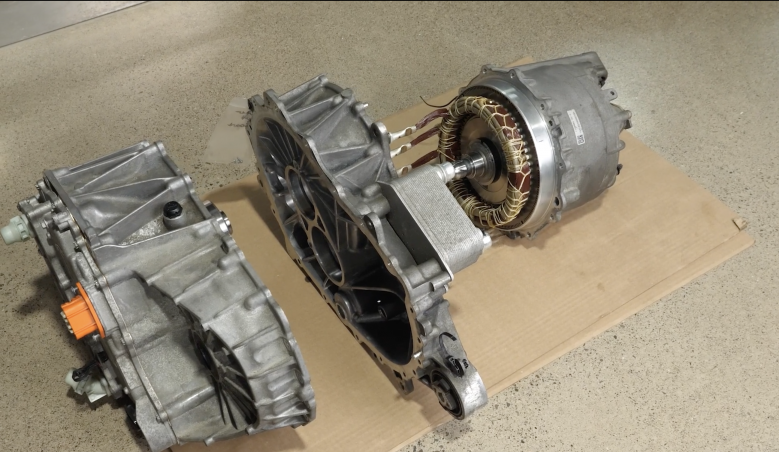
The Basics of Torque Management
Torque management in vehicles involves controlling and distributing the engine's torque to the wheels, ensuring optimal performance and safety. In internal combustion engine (ICE) vehicles, this is achieved through a combination of mechanical components and electronic control systems. However, EVs offer a more refined and precise approach due to the inherent characteristics of electric motors.
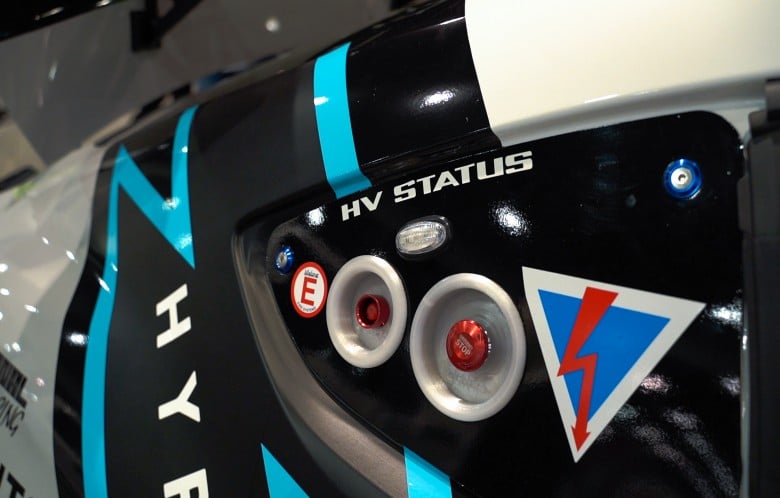
Instant Torque and Smooth Power Delivery
Electric motors provide instant torque from a standstill, a stark contrast to ICE vehicles, which require time to build up power. This immediate response allows for rapid acceleration and smoother power delivery. Sasha Annis emphasizes that the challenge of developing torque is significantly easier with electric powertrains, as the electric motor's ability to instantly adjust torque output enhances drivability and control, making EVs highly responsive.
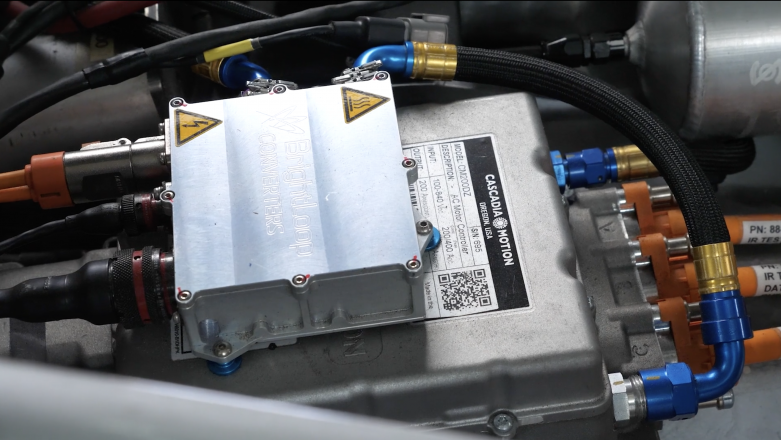
Advanced Traction Control
One of the key advantages of EVs is the ability to implement sophisticated traction control systems. Traditional ICE vehicles rely on mechanisms like ignition cuts and throttle modulation to manage traction, which can introduce latency. In contrast, EVs can adjust torque output almost instantaneously through the inverter and motor control systems.
Sasha explains that the inverter in an EV runs at a very high frequency, allowing it to precisely control the motor's speed and torque output. This precision makes traction control in EVs much more effective, particularly in high-performance scenarios. For example, during hard acceleration or cornering, the EV's control unit can dynamically adjust torque distribution to maintain optimal traction, preventing wheel slip and enhancing stability.
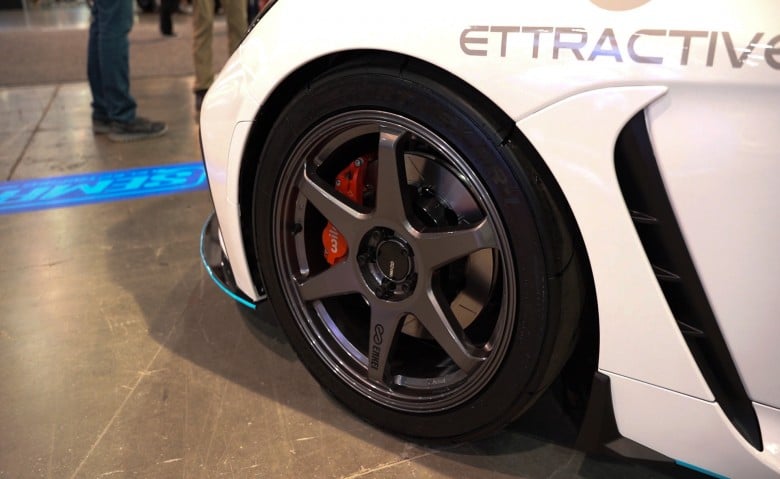
Regenerative Braking Integration
Another significant benefit of advanced torque management in EVs is the seamless integration of regenerative braking. Regenerative braking systems convert kinetic energy back into electrical energy during deceleration, effectively recharging the battery. This process not only improves efficiency but also provides a controlled and smooth deceleration experience.
Sasha highlights the importance of blending regenerative braking with traditional braking systems to ensure a natural and intuitive feel for the driver. Advanced torque management systems can optimize this integration, maximizing energy recovery while maintaining safety and control.
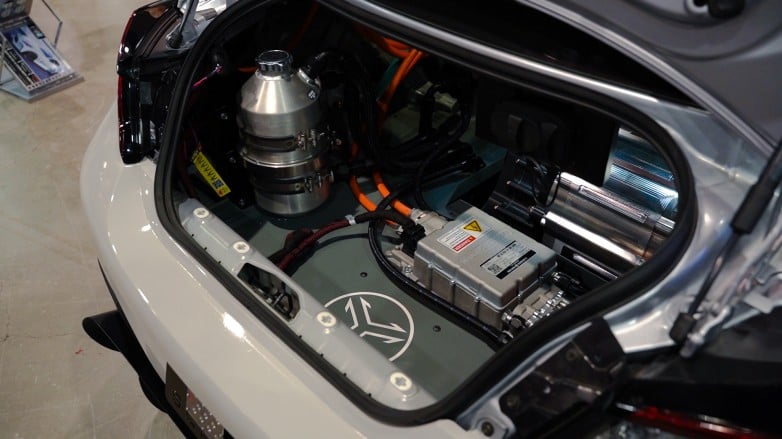
Customization and Control Strategies
EVs offer unparalleled flexibility in customizing torque management and control strategies. Through sophisticated software and electronic control units (ECUs), engineers can tailor the vehicle's performance characteristics to suit various driving conditions and preferences.
For instance, Sasha's hybrid Nissan 350Z project demonstrates the potential of combining an electric motor with a traditional ICE. By mapping the throttle to control both the gasoline engine and the electric motor, Sasha achieved a seamless blend of power delivery. The electric motor provides additional torque when needed, enhancing acceleration and performance without compromising drivability.
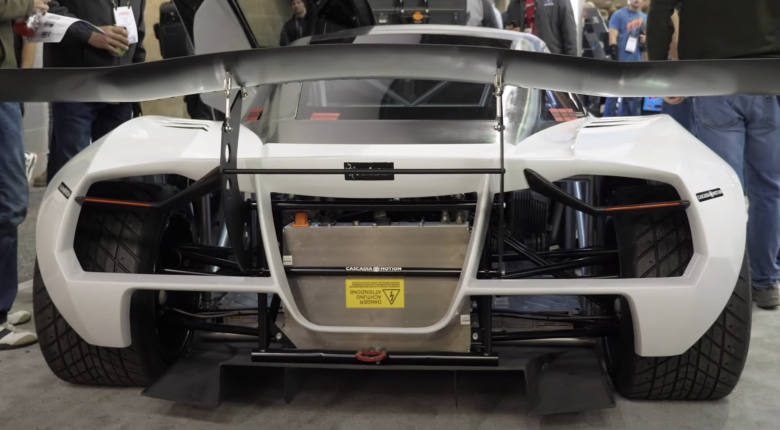
Challenges in Torque Management
Despite the advantages, advanced torque management in EVs presents several challenges. The primary challenge is ensuring the system's reliability and durability under various driving conditions. High-performance EVs, like the Tesla Model S Plaid, push the limits of torque management, requiring robust cooling and thermal management systems to prevent overheating.
Moreover, the integration of multiple control systems, such as the vehicle control unit (VCU) and battery management system (BMS), demands precise coordination to avoid conflicts and ensure smooth operation. This complexity necessitates rigorous testing and validation to achieve optimal performance.
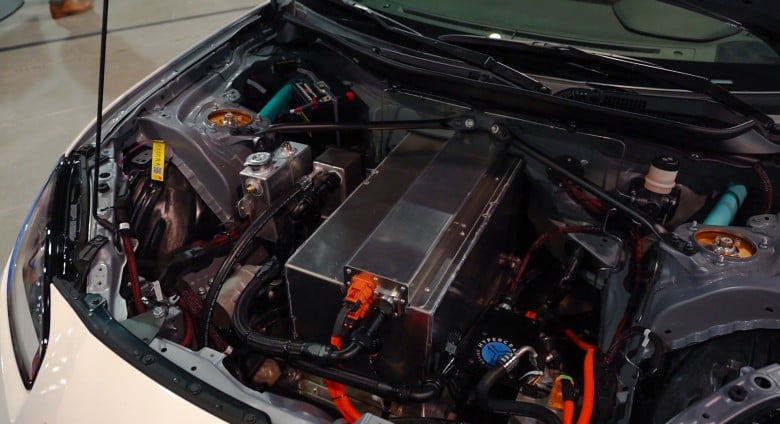
The Future of Torque Management in EVs
As EV technology continues to evolve, the future of torque management looks promising. We can expect further advancements in several areas:
- Enhanced Software Algorithms: More sophisticated algorithms for real-time torque adjustment and traction control.
- Improved Hardware: Development of more efficient and durable motors, inverters, and cooling systems.
- Integration with Autonomous Systems: Seamless integration of torque management with autonomous driving technologies for safer and more efficient operation.
Sasha predicts that ongoing innovations will lead to EVs that can compete with, and even surpass, traditional ICE vehicles in terms of performance and efficiency. The potential for further refinement in torque management strategies will play a crucial role in this evolution.
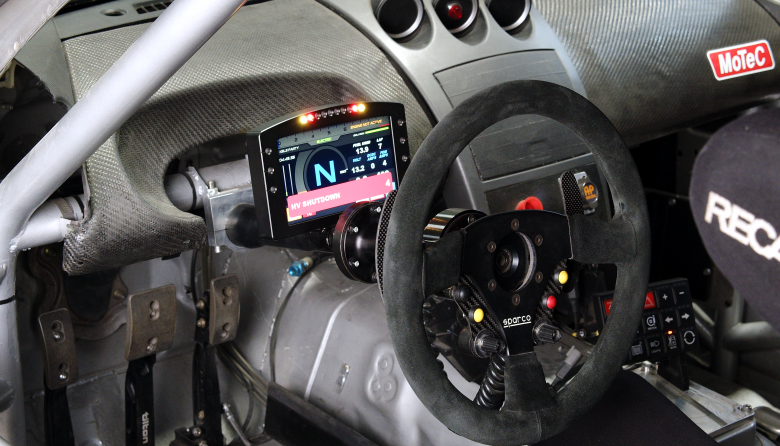
Conclusion
Advanced torque management is a cornerstone of EV technology, offering significant improvements in performance, control, and efficiency. The ability to instantly and precisely adjust torque output, combined with sophisticated traction control and regenerative braking systems, sets EVs apart from their ICE counterparts. While challenges remain, the future of torque management in EVs is bright, promising continued advancements and a new era of automotive excellence and if you want to be a part of this with your own DIY projects at home, the EV Fundamentals course is where you can start learning more instantly.
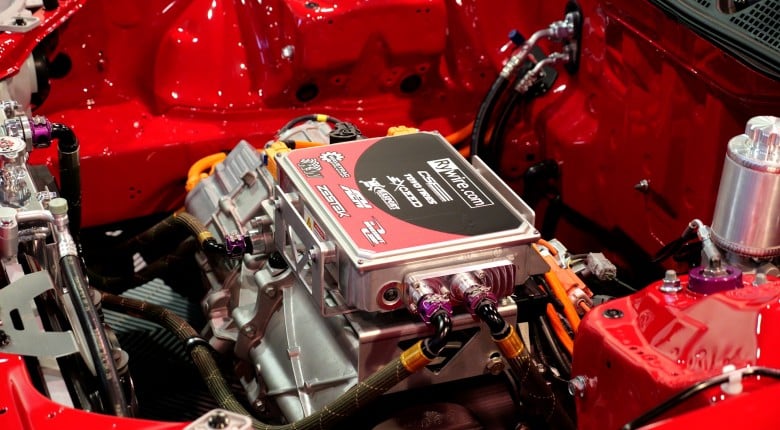





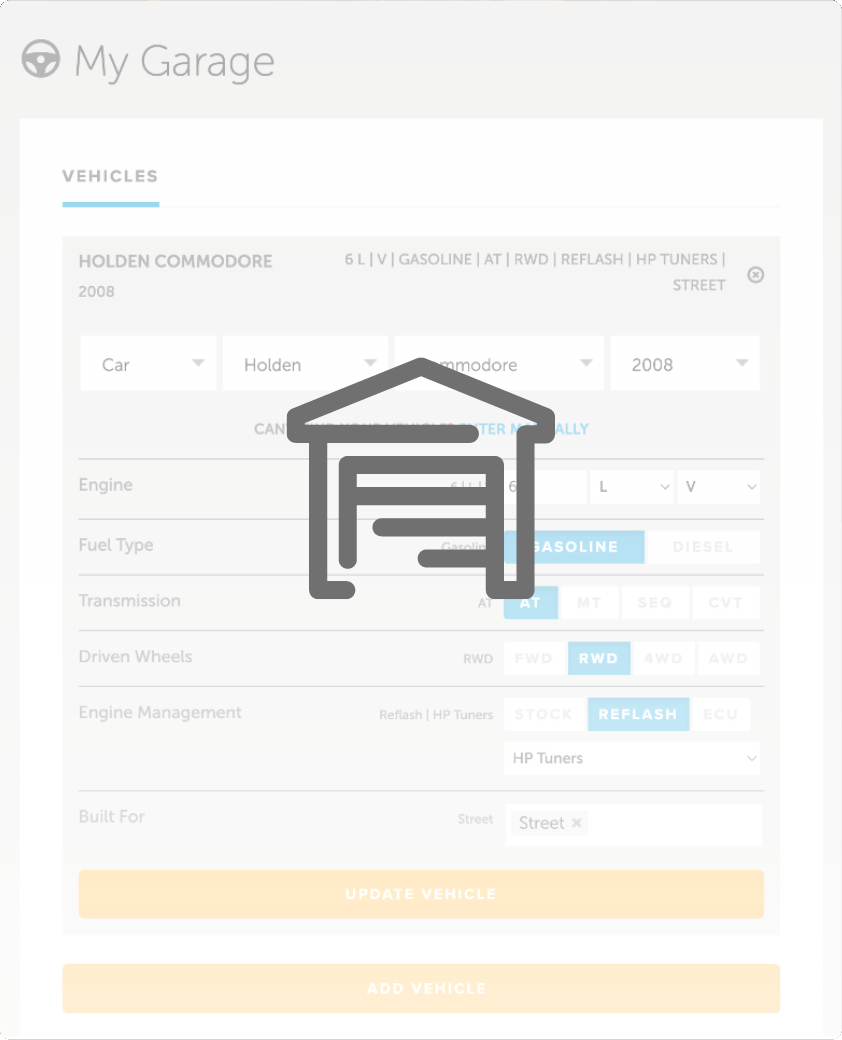
Comments
No one has commented on this page yet.